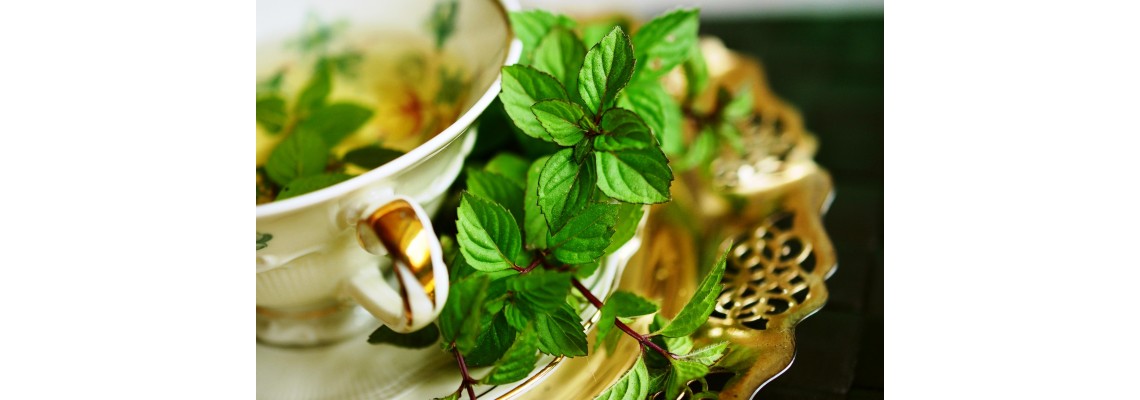
What Are Herbal Teas? A Guide to Tisanes and Infusions
Herbal teas are everywhere these days — in cafés, wellness shops, and even your own kitchen. But did you know that what most people call “herbal tea” isn’t technically tea at all? If you’re new to herbal infusions, this article will explain what they are, how they differ from traditional tea, and why they’re so beloved worldwide.
What Makes a Tea “Herbal”?
Traditional tea comes from the Camellia sinensis plant — the source of green, black, white, and oolong teas. Herbal teas, on the other hand, are made from the leaves, flowers, seeds, or roots of other plants. These are often called tisanes or infusions, and they don’t naturally contain caffeine (unless blended with true tea).
Examples of popular herbal teas include:
-
Chamomile – soothing and calming
-
Peppermint – refreshing and digestive-friendly
-
Lavender – calming aroma for stress relief
-
Hibiscus – tart, fruity, and antioxidant-rich
Tisanes vs. Infusions vs. Decoctions
-
Tisanes: A general term for herbal teas made by steeping herbs in hot water.
-
Infusions: Usually refers to pouring hot water over delicate parts like leaves and flowers, letting them steep to release flavor and benefits.
-
Decoctions: Used for harder plant parts like roots, seeds, or bark. These require boiling to extract their properties.
Understanding these differences will help you brew each herb in the way that maximizes flavor and health benefits.
Why Drink Herbal Teas?
Herbal teas are popular not only for their taste but also for their potential health benefits:
-
Relaxation & Stress Relief: Chamomile, lavender, and lemon balm are known for calming properties.
-
Digestive Support: Peppermint, ginger, and fennel can soothe an upset stomach.
-
Immune Boosting: Hibiscus, rose, and echinacea support immunity naturally.
-
Hydration & Wellness Rituals: Caffeine-free herbal teas are a comforting way to stay hydrated and mindful.
How to Brew Herbal Teas
-
Measure Your Herbs: Use 1–2 teaspoons of dried herbs (or 1 tablespoon for fresh).
-
Boil Water: Herbal teas generally need hot water (200°F / 93°C), slightly below boiling for delicate flowers.
-
Steep Time:
-
Flowers and leaves: 5–10 minutes
-
Roots or seeds: 10–20 minutes
-
-
Strain and Enjoy: Sweeten with honey if desired, or blend with other herbs for unique flavors.
Tip: Using a tea infuser or teapot with a built-in strainer keeps brewing easy and mess-free.
Popular Herbal Tea Pairings
-
Chamomile + Lavender – calming evening tea
-
Peppermint + Lemon Balm – refreshing digestive aid
-
Hibiscus + Rose – fruity, antioxidant-rich infusion
-
Rooibos + Vanilla – naturally sweet, caffeine-free blend
Conclusion
Herbal teas, or tisanes, offer an endless variety of flavors, aromas, and wellness benefits. They are perfect for those who want a caffeine-free alternative, a soothing ritual, or simply a delicious cup of tea.
✨ Explore our collection of Herbal Teas and start crafting your own herbal infusions at home today.
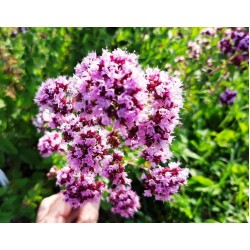
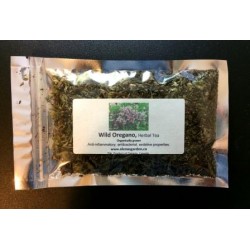

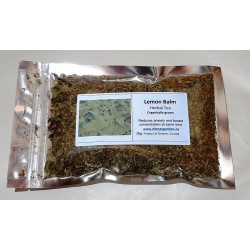
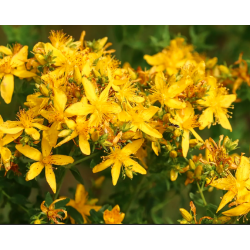

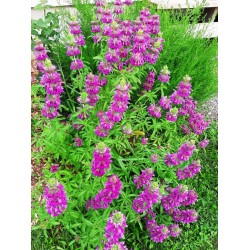
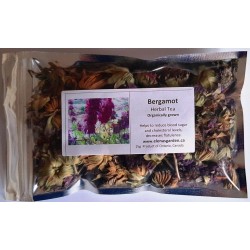

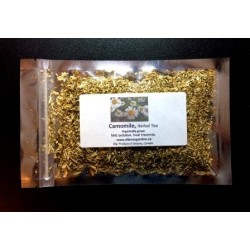
Leave a Comment